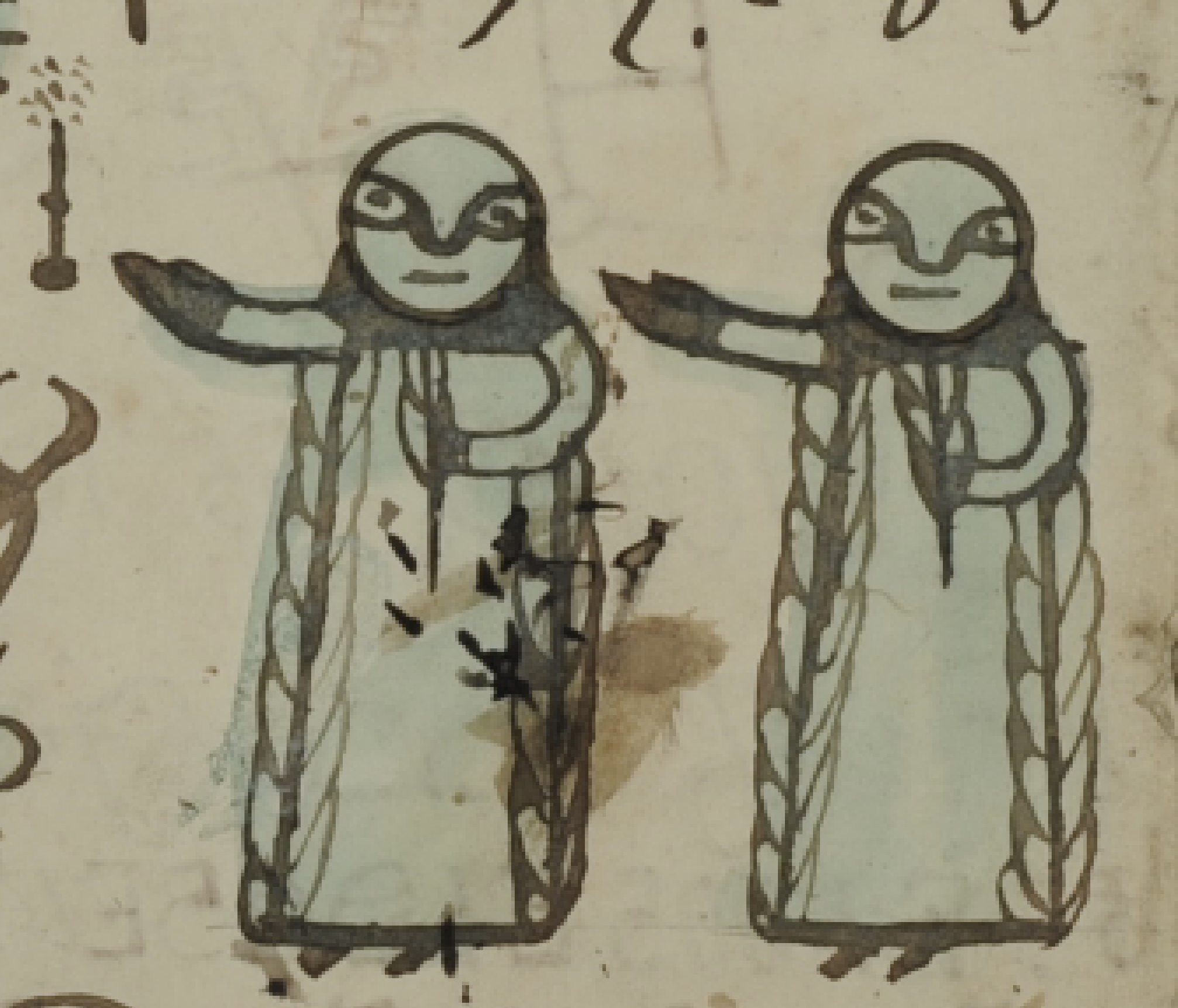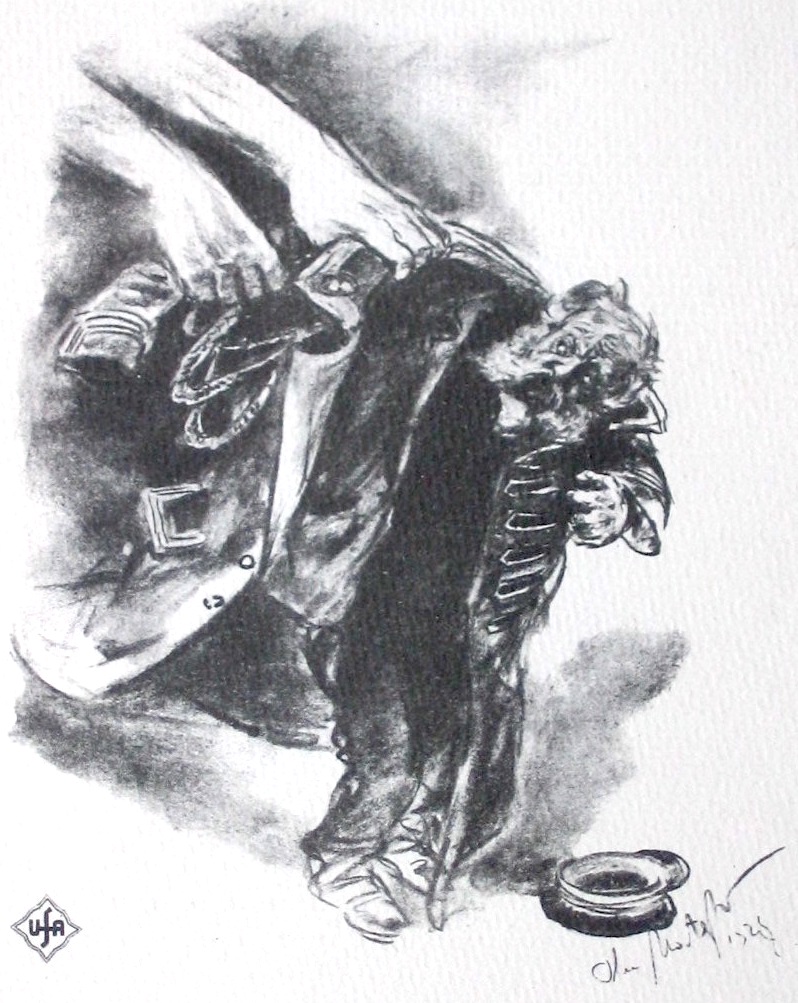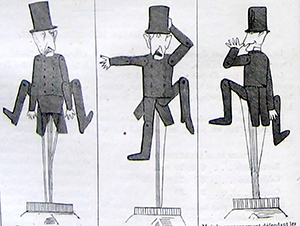-
Die Pfeile des wilden Apollo. Eine illustrierte Einführung I

I Klassik / Anti-Klassik Jahrzehnte vor der Französischen Revolution brach in die Hochphase der Aufklärung eine Kultur der rauschhaften Affekte ein, die zunehmend auch von nationalmythischen und folkloristischen Enthusiasmen getragen wurde. Der Kulturphilosoph Johann Gottfried Herder verglich ihre Wirkkraft mit den epidemischen Geschossen, die Homers Schlachtenepos Ilias einleiten. Mit Begriffen wie „Zeitalter der Empfindsamkeit“ und […]
-
The History of Press Graphics. 1819-1921.

Alexander Roobs “History of Press Graphics 1819-1921. Das Zeitalter des grafischen Journalismus” ist jetzt erhältlich, in einer dreisprachigen Ausgabe im Taschen Verlag Köln (Hardcover, 24.6 x 37.2 cm) Auf über 600 Seiten präsentiert dieses detaillierte Kompendium Presseillustration und grafischen Journalismus als eigenständiges Genre und Entwicklungslabor avantgardistischer Ästhetiken. Die Abbildungen stammen größtenteils aus den Sammlungsbeständen des […]
-
Wie sie wirkten. Eine kurze Auswahl von Drucken aus der “History of Press Graphics. 1819-1921”
Was hier unter der Flagge der Karikatur segelt ist nichts anderes als die frühe Form eines schonungslosen Sozialrealismus, anklagend und offensiv. Die Figurengruppe macht einen kraftvollen und monumentalen Eindruck, Elend im historienbildartigen Zuschnitt, und genau so war es gemeint. Der Verleger von La Caricature Charles Philipon kam, wie die meisten seiner Zeichner aus der Schule […]
-
Der illuminierte Mzona-Mythos des Pierre Richard von Kédange (1802-1879). Teil III

Himmlisches Zo / INRI wird ISO / Schwäbischer und Lothringischer Somnambulismus Himmlisches Zo Richards zeichenhafte Geschlechtersymbolik ging auf die theurgisch-neuplatonische Geometrie der alexandrinischen Spätantike zurück und hatte von dort ihren Weg in die jüdische Mystik und die Hermetik gefunden. Das bekannteste Beispiel war das Siegel Salomons, das Hexagramm, das aus der Durchdringung zweier oppositioneller Dreiecke […]
-
Der Letzte Mann (1924) Lithografieserie zur Premiere von F. W. Murnaus Stummfilm

Der dynamische und sensationistische Stil, mit dem Theo Matejko seit den frühen 1920er Jahren einen nachhaltigen Eindruck auf die Kultur der Pressegrafik machte, war wesentlich von filmischen Anschauungen geprägt. Dass er 1924 von der UFA beauftragt wurde, die Dreharbeiten von Murnaus Stummfilm “Der Letzte Mann” (1924) zeichnerisch zu begleiten, unterreicht diesen Zusammenhang. In dem bahnbrechenden […]
-
Félix Nadar III: Petit Journal Pour Rire 1856

The photographic studio that Nadar ran since 1855 did not prevent him from continuing his press-graphic work. The following year, he supported his friend Charles Philipon in the publication of a smaller offshoot of “Journal pour rire” as a co-editor and chief cartoonist.
-
Nadar I: Revue Comique 1848 -1849

Before he became famous as a society photographer, a ballonist and a patron of the Impressionists, Gaspard-Félix Tournachon was known under his penname Nadar as one of the most inventive French cartoonists of the era. In the revolutionary year 1848 the republican activist started to work for the caricature journal “Le Charivari” of his friend […]
-
Ausbrüche: William Hogarth und die Folgen I: Das Porträt.

I. Das Porträt Fünfundsiebzig Jahre nach seinem Tod tauchte William Hogarth als Akteur in dem Dokumentarroman Jack Sheppard von William Harrison Ainsworth auf, der ab Januar 1839 als Fortsetzungsgeschichte in dem vom jungen Charles Dickens herausgegebenen Literaturmagazin Bentley´s Miscellany abgedruckt wurde. Auch in The Portrait , einer der Illustrationen des Romans, die von George Cruikshank […]
-
George Montbard II: Master of the Multipanel

From the early Eighties on George Montbard became mainly known for his illustrated travelogues from the Greater Maghreb. But he was also a wanted editorial illustrator, who managed to translate the blurred photographs and rough sketches of his collagues into exciting and catchy graphics. He developed a very special mastery in the field of the […]
-
George Montbard I: A communard´s career in London

George Montbard (real name: Charles Auguste Loye) was one of the most brillant and versatile illustrators of the 19th century. The staunch republican started his career as a political caricaturist during the imperial rule of Napoleon III. He worked for “La Rue”, the legendary antiautorical magazin of his friend Jules Valles. The anarchist author assembled […]